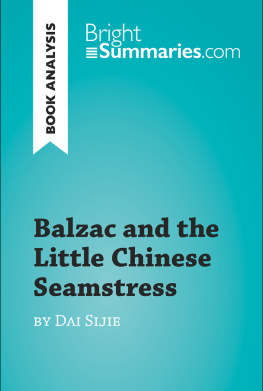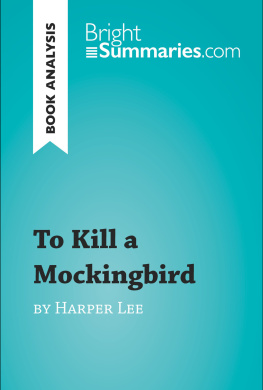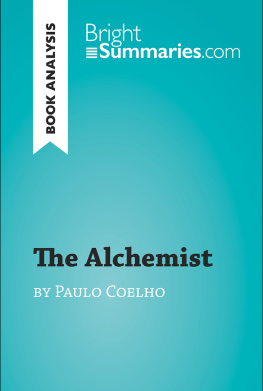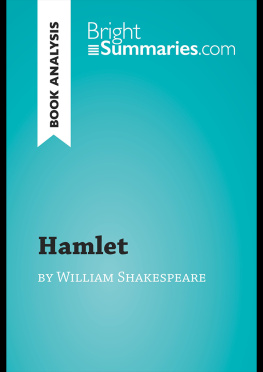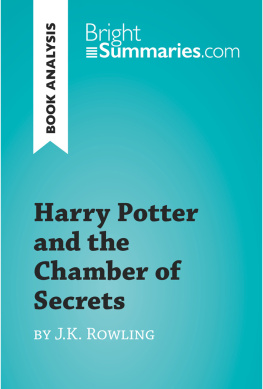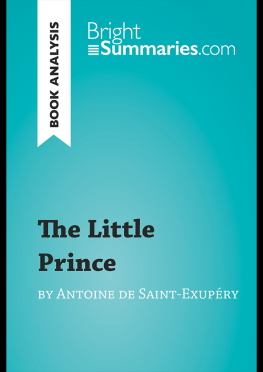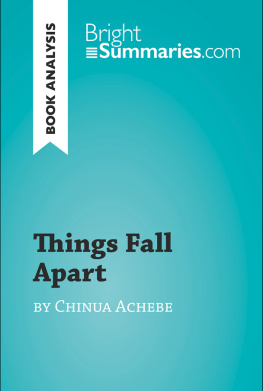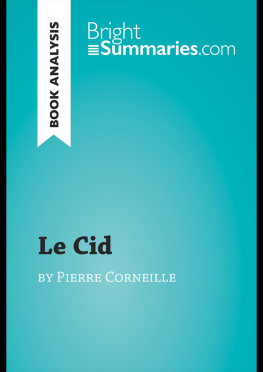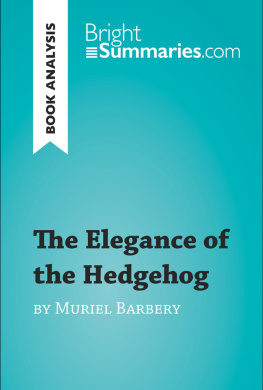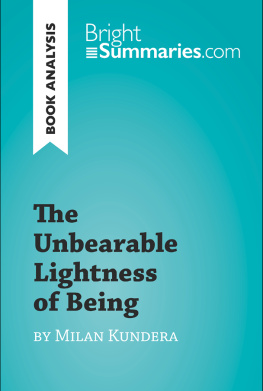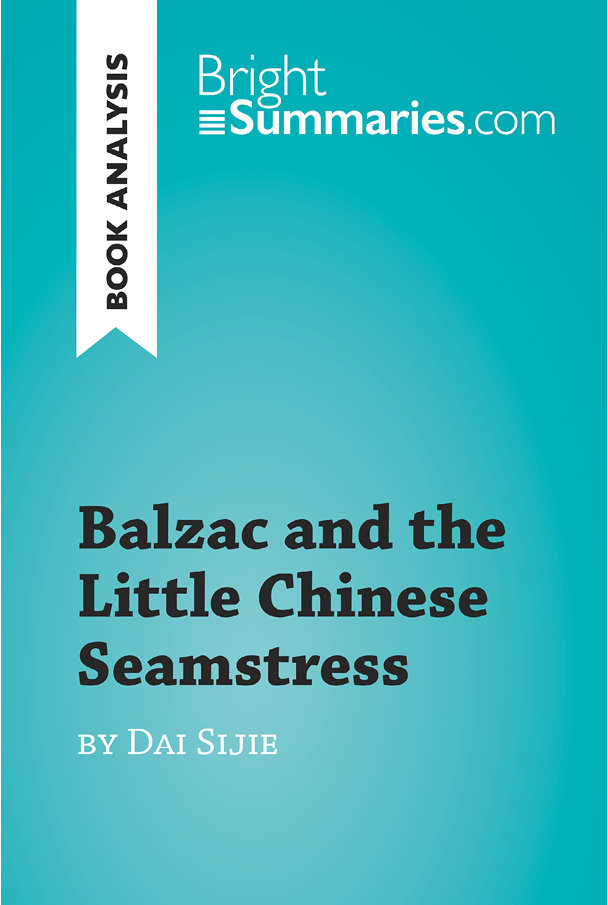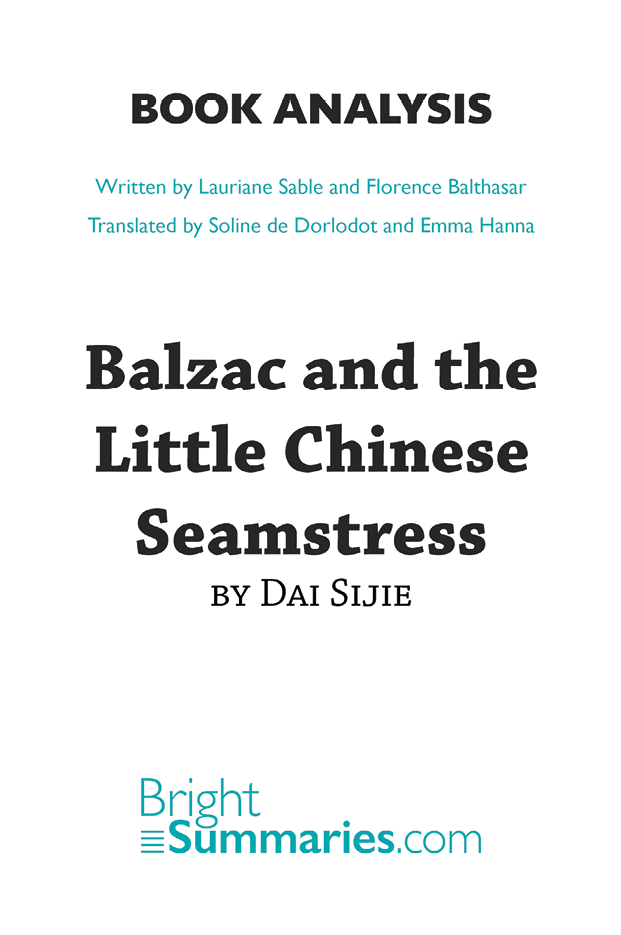Bright Summaries - Balzac and the Little Chinese Seamstress by Dai Sijie (Book Analysis): Detailed Summary, Analysis and Reading Guide
Here you can read online Bright Summaries - Balzac and the Little Chinese Seamstress by Dai Sijie (Book Analysis): Detailed Summary, Analysis and Reading Guide full text of the book (entire story) in english for free. Download pdf and epub, get meaning, cover and reviews about this ebook. year: 2016, publisher: BrightSummaries.com, genre: Art. Description of the work, (preface) as well as reviews are available. Best literature library LitArk.com created for fans of good reading and offers a wide selection of genres:
Romance novel
Science fiction
Adventure
Detective
Science
History
Home and family
Prose
Art
Politics
Computer
Non-fiction
Religion
Business
Children
Humor
Choose a favorite category and find really read worthwhile books. Enjoy immersion in the world of imagination, feel the emotions of the characters or learn something new for yourself, make an fascinating discovery.
- Book:Balzac and the Little Chinese Seamstress by Dai Sijie (Book Analysis): Detailed Summary, Analysis and Reading Guide
- Author:
- Publisher:BrightSummaries.com
- Genre:
- Year:2016
- Rating:5 / 5
- Favourites:Add to favourites
- Your mark:
Balzac and the Little Chinese Seamstress by Dai Sijie (Book Analysis): Detailed Summary, Analysis and Reading Guide: summary, description and annotation
We offer to read an annotation, description, summary or preface (depends on what the author of the book "Balzac and the Little Chinese Seamstress by Dai Sijie (Book Analysis): Detailed Summary, Analysis and Reading Guide" wrote himself). If you haven't found the necessary information about the book — write in the comments, we will try to find it.
This engaging summary presents an analysis of Balzac and the Little Chinese Seamstress by Dai Sijie, a moving account of how two young Chinese men discover love and Western literature after the Communist regime sends them to a remote mountain village to be reeducated. As well as offering piercing social commentary on the realities of state oppression, this is a coming-of-age novel with a timeless, heartfelt message about love, friendship and the power of literature. Dai Sijie is an award-winning writer and filmmaker of Chinese birth, who has lived and worked in France since 1984.
Find out everything you need to know about Balzac and the Little Chinese Seamstress in a fraction of the time!
This in-depth and informative reading guide brings you:
- Character studies
- Key themes and symbols
- Questions for further reflection
Why choose BrightSummaries.com?
Available in print and digital format, our publications are designed to accompany you in your reading journey. The clear and concise style makes for easy understanding, providing the perfect opportunity to improve your literary knowledge in no time.
See the very best of literature in a whole new light with BrightSummaries.com!
Bright Summaries: author's other books
Who wrote Balzac and the Little Chinese Seamstress by Dai Sijie (Book Analysis): Detailed Summary, Analysis and Reading Guide? Find out the surname, the name of the author of the book and a list of all author's works by series.

